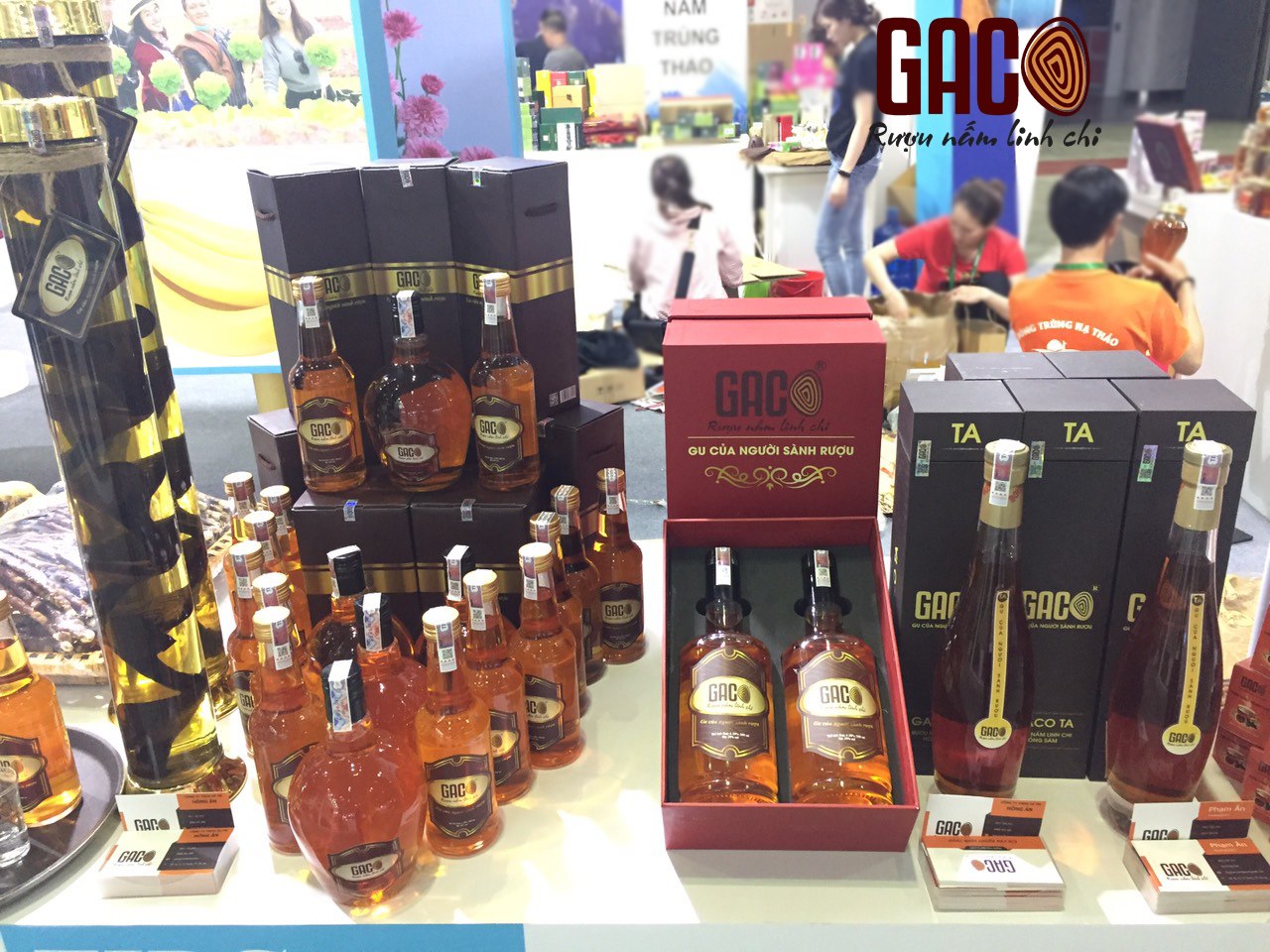Cultured Lingzhi mushroom in Vietnam was currently forming a clear market. This was a high-end product market. However, shaping this product to reflect the right quality and developing the right scale were what many businesses aimed for.

Gaco Lingzhi mushroom was grown according to a methodical method and closed process
The origin of the Lingzhi mushroom model development
Lingzhi mushroom, also known by names such as Tien Thao, Truong Thao, Van Nien Nhung, was a type of polypore fungus, belonging to the reishi mushroom family. Usually growing in high mountain forests, especially forests with wide canopy trees, Lingzhi mushroom was considered a rare medicinal herb, specifically, it was recorded in the Shen Nong manuscript and classified as a super product, possessing a value higher than ginseng.
Inspired by the "panacea" of Lingzhi mushroom, many businesses in Vietnam have started to apply mushroom cultivation to replicate this precious fungus. However, the majority of small businesses in Vietnam have not done any formal research to create diversified products of Lingzhi mushroom. Confronting that fact, the Gaco Lingzhi mushroom brand of Hong An Trading Production Co. Ltd. (Lam Dong) has proactively "captured the first trends" in developing the Lingzhi mushroom value chain model.
Back in the old days, this idea was conceived when Ms. Pham Thi An (Founder of Gaco Lingzhi mushroom brand) was studying at Hue University of Agriculture. At that time, An participated in a research project on Lingzhi mushroom with a group of some lecturers and students. From the research and collected data, An quietly carried out the trial planting of Lingzhi mushroom spores alone. The results showed that the fungal spores grew and developed well, the success rate was quite high.
In March 2021, the company started building a closed-loop factory with an area of 2820 m2 and oriented to complete the production infrastructure scale according to Organic, ISO, HACP and export standards.

Ms. Pham Thi An - Founder of the Gaco Lingzhi mushroom brand
From Lingzhi mushroom… to consumption habits
If the Lingzhi mushroom was kept as the original one, it was very difficult for consumers to use. Because Lingzhi mushroom was also an herb, if you were not careful in choosing the source and dose, it could affect your health. Besides, in order to retain the precious essences in Lingzhi mushroom, it was necessary to harvest it at the right time, preferably at the time of flowering when the mushroom had an outer layer of powder (fungal spores). Those were the reasons for Gaco to process Lingzhi mushroom into many products such as: Dried Lingzhi mushroom, Gaco Lingzhi wine, Purified herbal tea bags...
One thing was easy to see that the green lifestyle, using natural foods and vegetables was creating a wave in the market and would spread and become more popular. In the "from gold to brass" mushroom market, Ms. An shared: "The surface of real Lingzhi mushroom had a light brown color, the surface was smooth but not shiny. By touching, you would see a layer of spores clinging to the mushroom. When you smelled it, it would have a fragrant, bitter taste. Real Lingzhi mushrooms would last to cook for the third time and still have the taste, while fake mushrooms would only be cooked in the first water and the taste would be gone.

Dried Lingzhi mushroom products were suitable for tea making and good for consumers' health
Within products made from Lingzhi mushrooms, it was impossible not to mention Gaco Lingzhi wine, which was considered as a special drink of wine connoisseurs. Glutinous wine produced and distilled through hydrolysis. First of all, the glutinous rice was incubated with traditional Chinese herbal medicinal yeast, after 7-9 days, it was distilled by traditional manual methods. Then incubated with Lingzhi mushroom (Belonging to the Red Lingzhi type), after 1 year Gaco Lingzhi wine was put into the system of separating harmful toxins such as Methanol, Andehyd, not causing headaches for users. It had a little spicy taste of wine yeast mixed with the sweetness of other herbs, like the vastness of Lam Dong highland.

Lingzhi wine Gaco
Each Gaco Lingzhi mushroom product, in addition to providing nutrition for health, was also a product to support diabetes and high blood pressure, etc. It was due to many effects that Lingzhi mushroom possessed. The Gaco team diligently planted and cared for it in accordance with the researched process, when converting Lingzhi mushrooms into products, it conveyed the mind of the producer.
In the near future, in the middle of the sunny and windy plateau, there would be a Lingzhi mushroom farm present to solve the market and scale problem, because without increasing the scale, the price would not be able to reduce. Gaco has determined to pursue the journey of conquering Lingzhi mushroom, contributing in protecting people's health, towards the benefits of the community.
With a transparent production process, clear quality control and the right goals, the Gaco Lingzhi value chain development model was definitely not a trend but would become a sustainable direction in the present and future.





